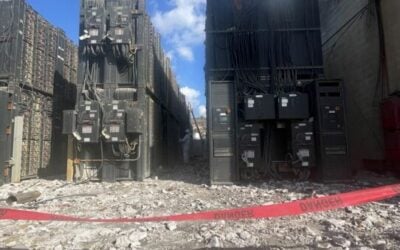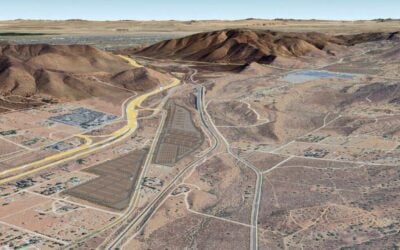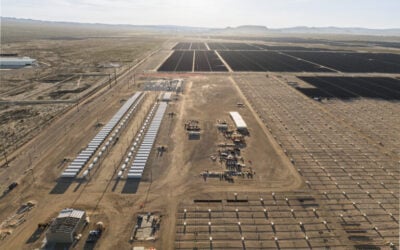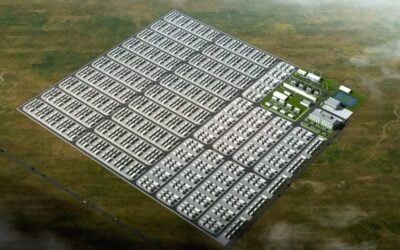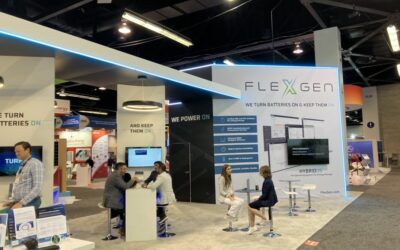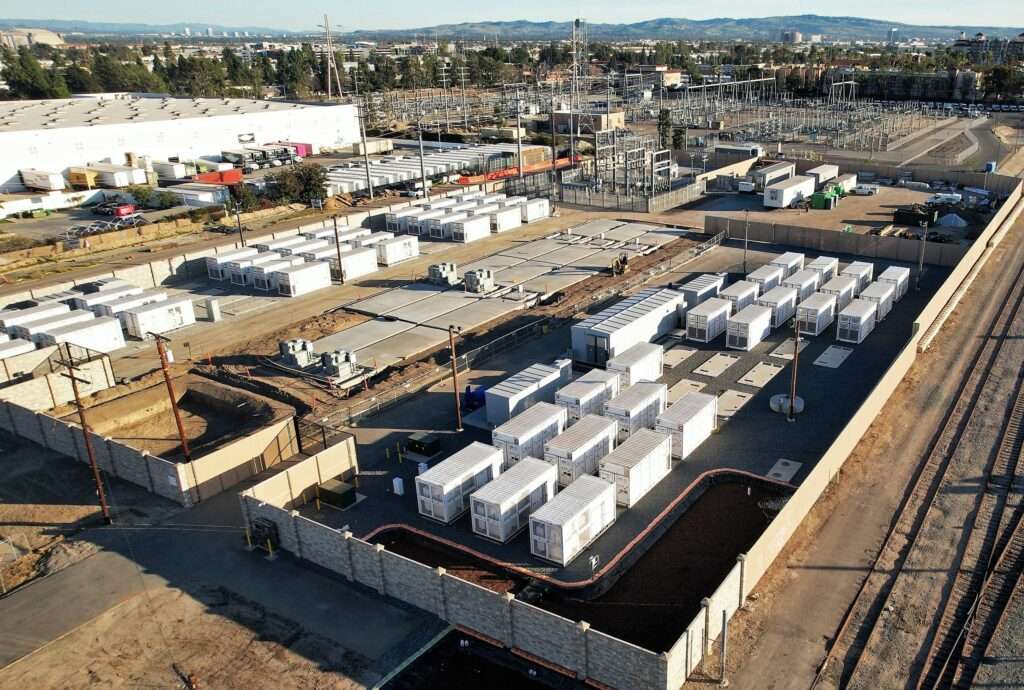
Convergent Energy + Power has celebrated the successful commissioning and start of commercial operations at two battery energy storage system (BESS) projects with a combined capacity of 60MWh in California, US.
The energy storage developer said yesterday that the two storage systems it financed and developed in California’s Orange County are online, one of 9MW/36MWh and the other 6MW/24MWh.
Enjoy 12 months of exclusive analysis
- Regular insight and analysis of the industry’s biggest developments
- In-depth interviews with the industry’s leading figures
- Annual digital subscription to the PV Tech Power journal
- Discounts on Solar Media’s portfolio of events, in-person and virtual
The pair are both at a substation belonging to California investor-owned utility (IOU) Southern California Edison (SCE) in the city of Santa Ana.
Convergent has contracted with SCE for them to provide resource adequacy (RA) to the utility — the mechanism through which load serving entities on California’s CAISO electric grid must ensure there is sufficient capacity for reliable delivery of electricity to their customers.
Resource adequacy needs to be delivered in four hour blocks and often covers the evening peak when solar production tails off, making four-hour duration battery storage systems in California an increasingly commonly deployed asset all over the state.
For these energy storage systems in particular, there is a strategic locational benefit. Santa Ana is one of the cities in the Los Angeles basin, where much of California’s highest electricity demand is experienced, while most of the power it uses is generated elsewhere. BESS such as Convergent Energy + Power’s can ease the challenge of delivering that power where it’s needed, when it’s needed.
The developer said both systems will utilise the company’s proprietary energy storage software, called PEAK IQ, which is based on artificial intelligence (AI) and machine learning techniques to establish optimal dispatch and storage of energy.
In an increasingly crowded and competitive space, energy storage developers, system integrators and asset owner-operators are pointing to the strengths of their software offerings to differentiate them for their customers.
“Modernising our electricity grid is critical to the future of energy and mitigating the climate crisis. Energy storage is essential to reducing our dependency on fossil fuels and Convergent is proud to continue demonstrating its value to customers and communities through innovative partners like SCE in strategic California locations at the forefront of change,” CEO Johannes Ritterhausen said.
It’s Convergent Energy + Power’s second completed project announcement in California that Energy-Storage.news has reported already this year. In January, a 10MW/40MWh project by the company was brought online for East Bay Clean Energy (EBCE), one of California’s Community Choice Aggregator (CCA) energy suppliers.
The developer also has projects under development in territories including New York, its home state, and has been among those providing large-scale industrial behind-the-meter (BTM) BESS in Ontario, Canada, a market that has been thriving for a couple of years given that industrial consumers of electricity in the province can save big money on their electricity rates through peak shaving.
California continues to be the US’ leading state for battery storage, with gigawatts of four-hour installations already in service or underway in the service areas of the three major IOUs as well as its CCAs. Just in the last few weeks Pacific Gas & Electric (PG&E) has sought approval for 6.4GWh of third party energy storage contracts and San Diego Gas & Electric (SDG&E) has had three projects totalling 664MWh that it will own and operate approved.
Last week the state’s Public Utilities Commission (CPUC) approved a US$49 billion clean energy plan, which included the build-out of just under 15GW of BESS.
California is targeting 100% carbon-free electricity by 2045. That’s already one of the most ambitious policy targets in the world, but some individual cities and local authorities are even targeting dates as early as 2030. The role of energy storage in that journey is widely recognised, although much more is being done to foster large-scale BESS than distributed customer-sited BTM storage.

